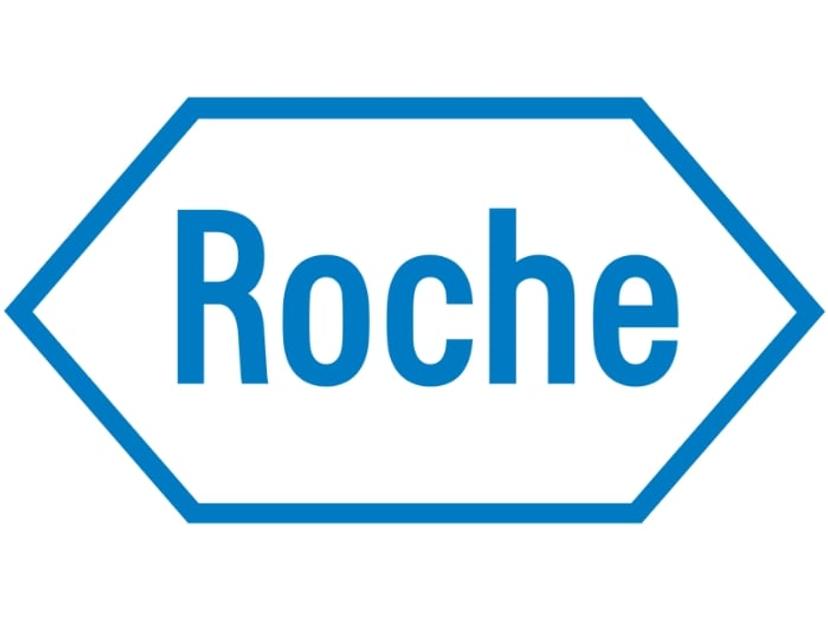Roche granted FDA Breakthrough Device Designation
The Roche Diagnostics Tina-quant Lp(a) assay measures lipoprotein (a) in a person’s bloodstream
23 May 2024

Roche has announced that its Tina-quant® lipoprotein Lp(a) RxDx assay has received Breakthrough Device Designation from the US Food and Drug Administration (FDA) to identify patients who may benefit from innovative Lp(a)-lowering therapy currently in development. Lp(a) is emerging as an important potential risk factor for cardiovascular disease, a major public health issue.
“While modern lifestyles are a major driver, as much as 30% of mortality associated with cardiovascular disease occurs in individuals without modifiable risk factors,” said Matt Sause, CEO of Roche Diagnostics. “Lp(a) is a critical marker for people at risk of cardiovascular disease, but medicine has had limited solutions to adequately address the problem. Through our collaboration with Amgen, Roche is paving the way to make elevated Lp(a) an actionable biomarker.”
Once approved, the new Tina-quant test is expected to be made available to support the selection of patients who may benefit from an innovative Lp(a)-lowering therapy.
About Tina-quant Lp(a) RxDx assay
The FDA has granted Breakthrough Device Designation to the Tina quant Lp(a) RxDx assay for use in selecting patients with elevated Lp(a) and a history of atherosclerotic disease for treatment with an Lp(a) lowering drug. A lipoprotein (a) test involves a routine blood draw during which a small sample of blood is used for measurement. This test measures the number of Lp(a) molecules per litre in a person’s bloodstream, which paves the way for Lp(a) to serve as an actionable biomarker in future. If approved, it will be available on selected cobas® platforms.
Currently, there is no FDA authorised Lp(a) assay measuring Lp(a) in nmol/L available in the US. This assay will be part of Roche’s wider portfolio of tests for cardiovascular diseases. Together, these tests provide healthcare professionals the opportunity to make informed decisions, allowing patients to access new and innovative treatments.
Why is measuring Lp(a) important?
Globally, as many as one in five people have elevated Lp(a), where lifestyle interventions such as diet and exercise have no significant impact. While Lp(a) levels can be influenced by non-genetic factors including menopause, kidney and liver disease and hyperthyroidism, they are predominantly (>90%) determined by genetic variations in the LPA gene. Raised Lp(A) is particularly prevalent among women, and people of African descent.
High levels of Lp(a) have been shown to promote the buildup of lipids in artery walls, leading to the development of plaques, and have been associated with an increased risk of cardiovascular (CV) events. Lp(a) testing is therefore an important tool for clinicians, enabling them to make a more accurate assessment of CV risk, and it is expected to become a part of regular diagnostic testing in the coming years.
As Lp(a) has no single, defined molecular weight, there is a consensus in the scientific community that, ideally, Lp(a) levels should be measured in terms of the number of molecules per litre of blood (nmol/L). This contrasts with widely available tests that measure the molecular weight of Lp(a) in the blood (mg/L).
Professional bodies around the world, including the National Lipid Association, Canadian Cardiovascular Society, European Atherosclerosis Society, European Society of Cardiology, and the Beijing Heart Society have recommended that Lp(a) measurement should be considered at least once in every adult person’s life.
